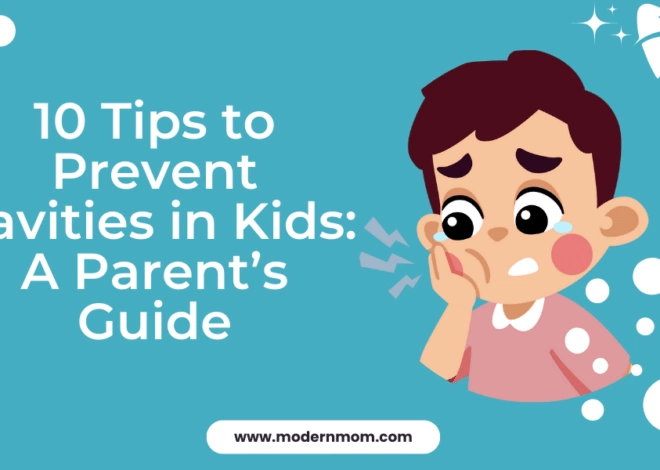In some cases, genital human papillomavirus, or HPV, can cause cancer in women and men, according to the Centers for Disease Control and Prevention. Cervical cancer risks increase among women with HPV, and a few people with the infection may also suffer from cancers of the penis, vulva or anus. Getting regular Pap smears and having only protected sexual intercourse with few partners are effective ways to prevent HPV or reduce its cancer risks in those people already infected with the virus.
Symptoms
Warts commonly distinguish HPV infections, according to Women’s Health. Unusual bumps around the penis, scrotum, vagina, vulva, in the anus and on the thigh or groin may indicate HPV. In women, the illness is usually diagnosed through a Pap smear. The size and appearance of the warts ranges from small and flat growths to larger growths that may appear more like cauliflower. HPV warts may not necessarily itch or burn, although some patients report painful itching and burning associated with this disease.
Types
HPV diseases can either be classified as low-risk or high-risk, according to Women’s Health. Low-risk HPV usually does not lead to cervical cancer in women, while the high-risk form of this disease can create a number of health risks, including cervical cancer. Low-risk HPV usually is classified by medical professionals as genital warts, although the bumps can also appear in a patient’s mouth, especially after oral sex with an infected partner.
Incidence
About 20 million Americans have an HPV infection, according to Women’s Health. Most cases are found in women and men between the ages of 15 and 49. One out of two sexually active adults will get some type of HPV during their lives. As of 2010, there were more than 100 known types of HPV diseases; about 40 types of these were transmitted through sexual contact. HPV is the most common sexually transmitted disease in the United States.
Misconceptions
Many myths exist about how some women get HPV and others do not, according to the CDC website. No one gets HPV from sitting on a toilet seat or improper hygiene. Also, women who have had abortions are not at heightened risk of contracting an HPV infection. Rough sex and intercourse during a menstrual period also cannot cause HPV in either gender.
Treatment Options
There is no cure for HPV, though the CDC notes that symptoms usually go away over time. Most women with HPV should no longer have the disease after two years, though for unknown reasons some women and men suffer from the infection for longer periods of time. Genital warts and cervical cancer caused by HPV can be treated through medications and sometimes surgery. Most women with HPV should not suffer from cervical cancer as a result of the infection.
Photo Credit
- Christmas snow balls image by Paul Chacon from Fotolia.com





